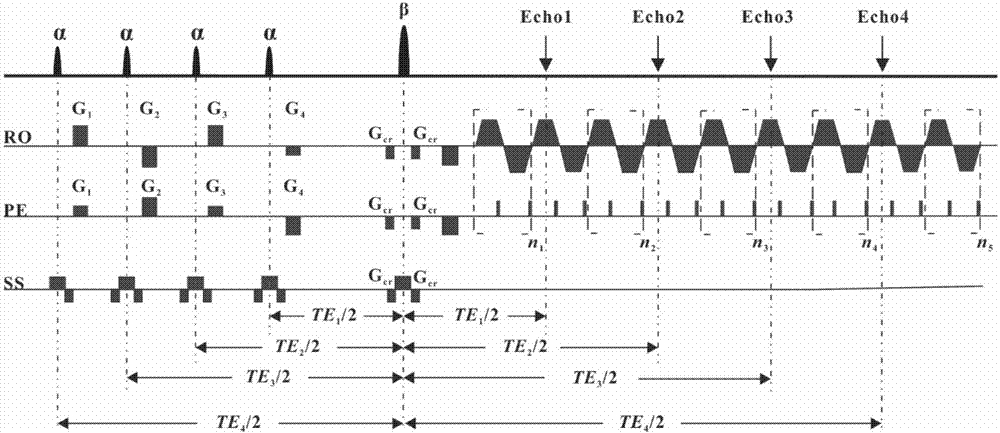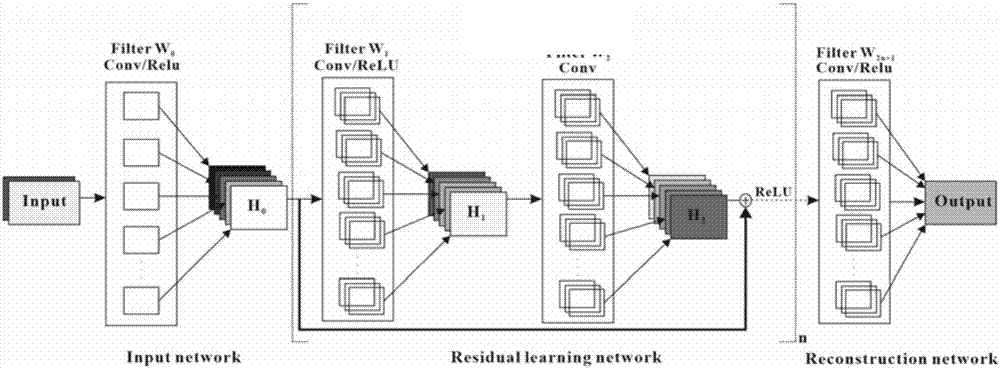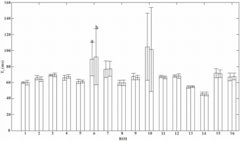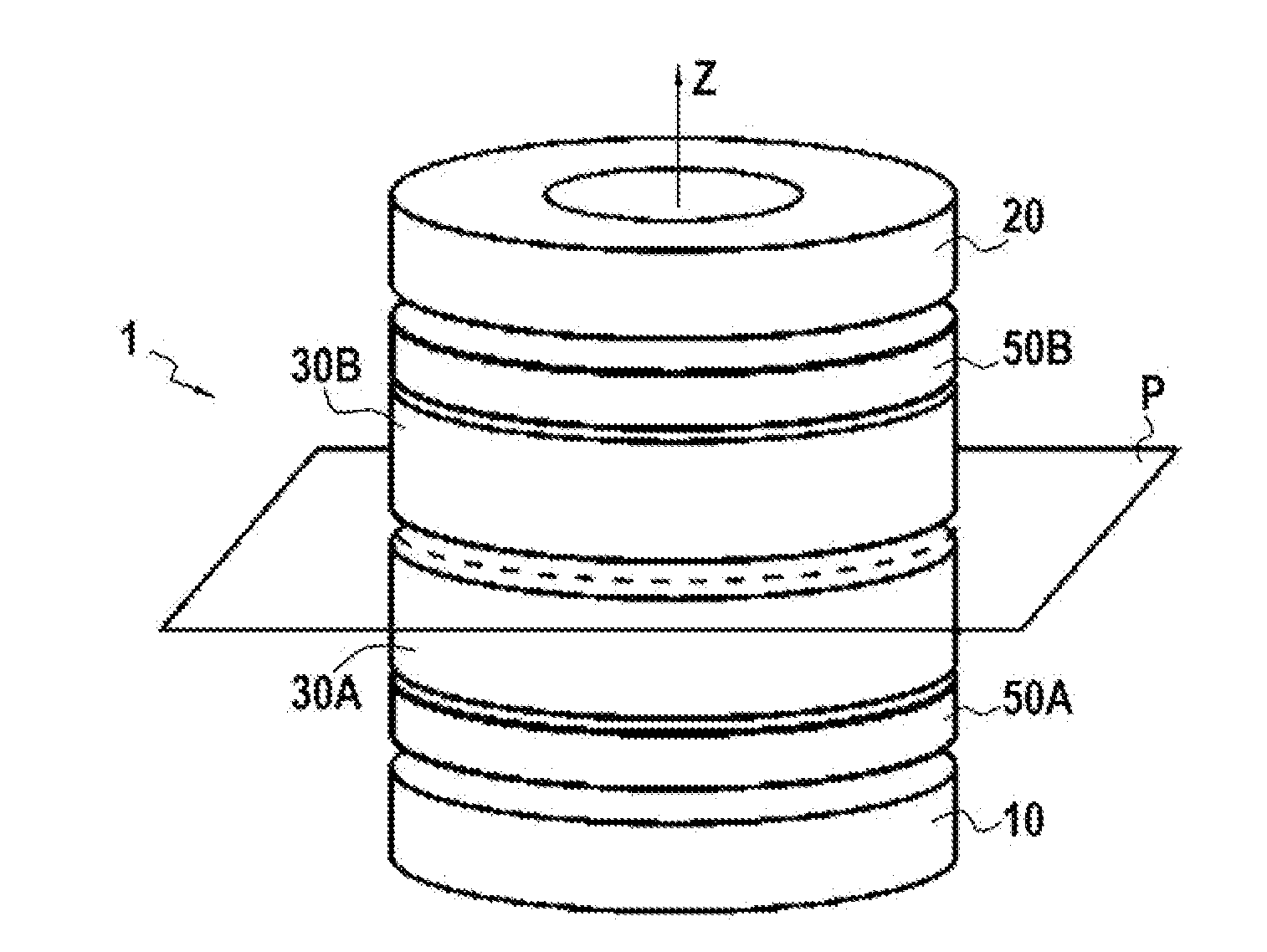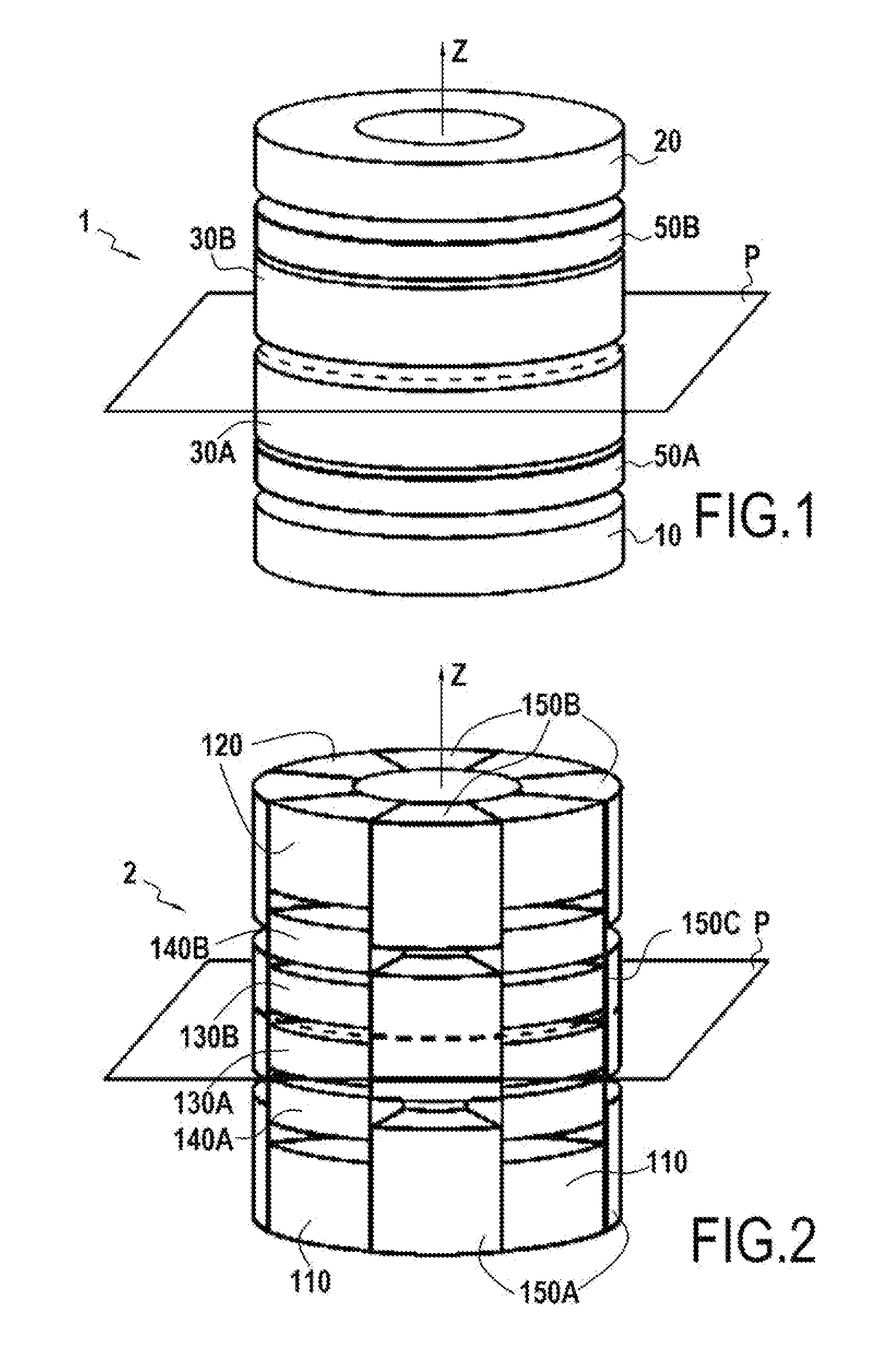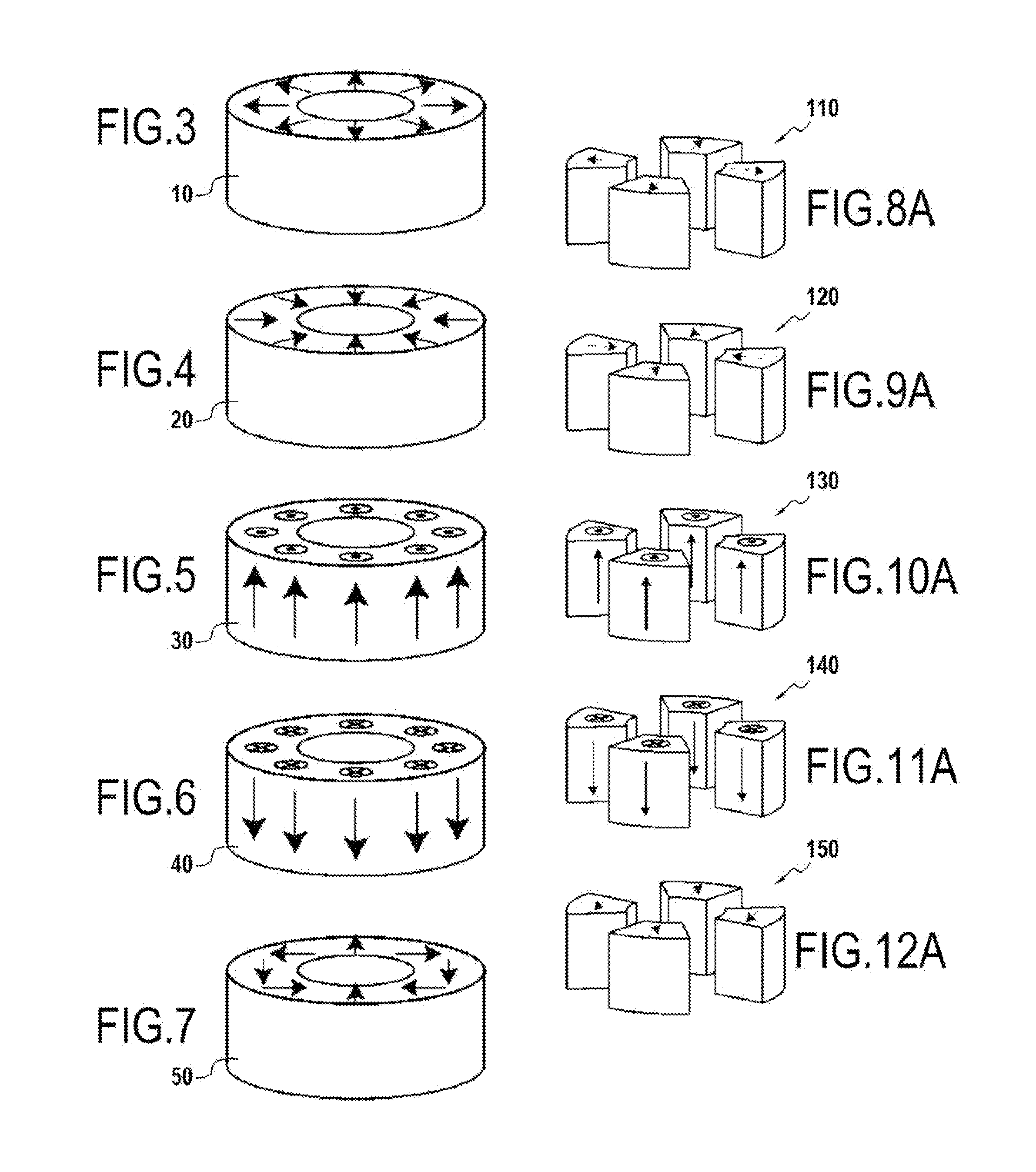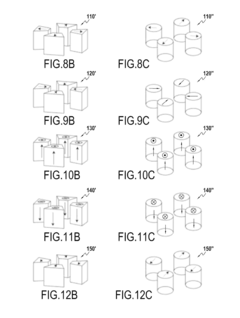Future Trends in Schumann Resonance Studies
JUN 24, 20259 MIN READ
Generate Your Research Report Instantly with AI Agent
Patsnap Eureka helps you evaluate technical feasibility & market potential.
Schumann Resonance Background and Research Objectives
Schumann resonances, first predicted by Winfried Otto Schumann in 1952, are global electromagnetic resonances excited by lightning discharges in the cavity formed by the Earth's surface and the ionosphere. These resonances occur at extremely low frequencies (ELF) around 7.83 Hz and its harmonics. Since their discovery, Schumann resonances have been the subject of extensive research due to their potential applications in various fields, including atmospheric science, geophysics, and even human health.
The study of Schumann resonances has evolved significantly over the past decades, driven by advancements in measurement techniques and a growing understanding of their importance in Earth's electromagnetic environment. Initially, research focused on validating the existence of these resonances and developing accurate measurement methods. As technology progressed, scientists began to explore the relationship between Schumann resonances and various atmospheric and ionospheric phenomena.
Current research objectives in Schumann resonance studies are multifaceted and interdisciplinary. One primary goal is to improve our understanding of global lightning activity and its distribution. By analyzing Schumann resonance data, researchers can gain insights into global thunderstorm activity and its variations over time, which is crucial for climate studies and weather prediction models.
Another important research objective is to investigate the potential use of Schumann resonances as a tool for monitoring the Earth's climate and detecting long-term changes in the lower ionosphere. This includes studying how Schumann resonances are affected by solar activity, geomagnetic storms, and other space weather phenomena.
Furthermore, there is growing interest in exploring the possible biological effects of Schumann resonances. Some researchers hypothesize that these natural electromagnetic frequencies may influence human physiology and cognition, leading to studies on the potential impact of Schumann resonances on human health and well-being.
As we look towards the future, the field of Schumann resonance studies is poised for significant advancements. Emerging technologies, such as improved sensor networks and data processing algorithms, are expected to enhance our ability to detect and analyze these resonances with unprecedented precision. This could lead to more accurate global lightning mapping and better understanding of the Earth-ionosphere cavity dynamics.
Moreover, the integration of Schumann resonance data with other atmospheric and space weather observations is likely to provide a more comprehensive picture of the Earth's electromagnetic environment. This holistic approach could revolutionize our understanding of the complex interactions between the Earth's surface, atmosphere, and near-space environment.
The study of Schumann resonances has evolved significantly over the past decades, driven by advancements in measurement techniques and a growing understanding of their importance in Earth's electromagnetic environment. Initially, research focused on validating the existence of these resonances and developing accurate measurement methods. As technology progressed, scientists began to explore the relationship between Schumann resonances and various atmospheric and ionospheric phenomena.
Current research objectives in Schumann resonance studies are multifaceted and interdisciplinary. One primary goal is to improve our understanding of global lightning activity and its distribution. By analyzing Schumann resonance data, researchers can gain insights into global thunderstorm activity and its variations over time, which is crucial for climate studies and weather prediction models.
Another important research objective is to investigate the potential use of Schumann resonances as a tool for monitoring the Earth's climate and detecting long-term changes in the lower ionosphere. This includes studying how Schumann resonances are affected by solar activity, geomagnetic storms, and other space weather phenomena.
Furthermore, there is growing interest in exploring the possible biological effects of Schumann resonances. Some researchers hypothesize that these natural electromagnetic frequencies may influence human physiology and cognition, leading to studies on the potential impact of Schumann resonances on human health and well-being.
As we look towards the future, the field of Schumann resonance studies is poised for significant advancements. Emerging technologies, such as improved sensor networks and data processing algorithms, are expected to enhance our ability to detect and analyze these resonances with unprecedented precision. This could lead to more accurate global lightning mapping and better understanding of the Earth-ionosphere cavity dynamics.
Moreover, the integration of Schumann resonance data with other atmospheric and space weather observations is likely to provide a more comprehensive picture of the Earth's electromagnetic environment. This holistic approach could revolutionize our understanding of the complex interactions between the Earth's surface, atmosphere, and near-space environment.
Global Demand for Schumann Resonance Applications
The global demand for Schumann Resonance applications has been steadily increasing in recent years, driven by advancements in technology and a growing interest in its potential benefits across various sectors. This natural phenomenon, discovered by Winfried Otto Schumann in 1952, has captured the attention of researchers, industries, and consumers alike, leading to a diverse range of applications and market opportunities.
In the field of environmental monitoring, Schumann Resonance measurements are becoming increasingly valuable for tracking global climate changes and electromagnetic disturbances. Meteorological agencies and research institutions are incorporating Schumann Resonance data into their models to improve weather forecasting accuracy and study long-term climate trends. This has led to a rising demand for high-precision Schumann Resonance monitoring equipment and data analysis tools.
The healthcare sector has shown significant interest in Schumann Resonance applications, particularly in the areas of chronobiology and stress reduction. Medical device manufacturers are developing products that simulate the Earth's natural electromagnetic frequency to promote relaxation and improve sleep quality. These devices are gaining popularity among consumers seeking non-pharmaceutical solutions for stress management and sleep disorders, contributing to the growth of the wellness technology market.
Aerospace and defense industries are exploring Schumann Resonance for its potential in long-range communication and navigation systems. The ability of extremely low frequency (ELF) waves to penetrate deep into the ocean and through the Earth's crust makes Schumann Resonance an attractive option for submarine communication and underground sensing applications. This has led to increased investment in research and development of Schumann Resonance-based communication technologies.
In the realm of geophysics and earthquake prediction, there is a growing demand for Schumann Resonance monitoring systems. Researchers are investigating the correlation between Schumann Resonance anomalies and seismic activities, aiming to develop early warning systems for natural disasters. This has spurred the development of more sensitive and reliable Schumann Resonance detection equipment.
The agriculture sector is also showing interest in Schumann Resonance applications, particularly in the field of plant growth optimization. Some studies suggest that exposure to Schumann Resonance frequencies may enhance plant growth and crop yields. As a result, there is an emerging market for Schumann Resonance generators designed for agricultural use, although more research is needed to fully validate these claims.
As awareness of electromagnetic pollution grows, there is an increasing demand for Schumann Resonance-based shielding and harmonizing products in the consumer market. These range from personal wearable devices to home and office harmonizers, marketed as solutions to counteract the potential negative effects of artificial electromagnetic fields.
In the field of environmental monitoring, Schumann Resonance measurements are becoming increasingly valuable for tracking global climate changes and electromagnetic disturbances. Meteorological agencies and research institutions are incorporating Schumann Resonance data into their models to improve weather forecasting accuracy and study long-term climate trends. This has led to a rising demand for high-precision Schumann Resonance monitoring equipment and data analysis tools.
The healthcare sector has shown significant interest in Schumann Resonance applications, particularly in the areas of chronobiology and stress reduction. Medical device manufacturers are developing products that simulate the Earth's natural electromagnetic frequency to promote relaxation and improve sleep quality. These devices are gaining popularity among consumers seeking non-pharmaceutical solutions for stress management and sleep disorders, contributing to the growth of the wellness technology market.
Aerospace and defense industries are exploring Schumann Resonance for its potential in long-range communication and navigation systems. The ability of extremely low frequency (ELF) waves to penetrate deep into the ocean and through the Earth's crust makes Schumann Resonance an attractive option for submarine communication and underground sensing applications. This has led to increased investment in research and development of Schumann Resonance-based communication technologies.
In the realm of geophysics and earthquake prediction, there is a growing demand for Schumann Resonance monitoring systems. Researchers are investigating the correlation between Schumann Resonance anomalies and seismic activities, aiming to develop early warning systems for natural disasters. This has spurred the development of more sensitive and reliable Schumann Resonance detection equipment.
The agriculture sector is also showing interest in Schumann Resonance applications, particularly in the field of plant growth optimization. Some studies suggest that exposure to Schumann Resonance frequencies may enhance plant growth and crop yields. As a result, there is an emerging market for Schumann Resonance generators designed for agricultural use, although more research is needed to fully validate these claims.
As awareness of electromagnetic pollution grows, there is an increasing demand for Schumann Resonance-based shielding and harmonizing products in the consumer market. These range from personal wearable devices to home and office harmonizers, marketed as solutions to counteract the potential negative effects of artificial electromagnetic fields.
Current State and Challenges in Schumann Resonance Detection
Schumann resonance detection has made significant strides in recent years, yet it continues to face several challenges. The current state of this field is characterized by a mix of advanced technologies and persistent limitations.
One of the primary challenges in Schumann resonance detection is the low signal-to-noise ratio. The Schumann resonance signals are extremely weak, typically in the range of a few picoTeslas, making them susceptible to interference from various sources. This includes natural phenomena such as lightning strikes and solar activity, as well as human-made electromagnetic noise from power lines and electronic devices.
To address this issue, researchers have developed sophisticated signal processing techniques and noise reduction algorithms. These methods often involve advanced filtering techniques, such as adaptive notch filters and wavelet transforms, to isolate the Schumann resonance signals from background noise. However, the effectiveness of these techniques can vary depending on local conditions and the specific characteristics of the interfering signals.
Another significant challenge is the need for highly sensitive magnetometers capable of detecting these faint signals. While there have been advancements in magnetometer technology, including the development of superconducting quantum interference devices (SQUIDs) and optically pumped magnetometers, these instruments are often expensive and require specialized maintenance. This limits their widespread deployment, particularly in remote or resource-constrained areas.
The global distribution of Schumann resonance detection stations presents another challenge. While there are several well-established observatories around the world, there are still significant gaps in coverage, particularly in oceanic and polar regions. This uneven distribution can lead to biases in global models and limit our understanding of regional variations in Schumann resonance characteristics.
Data integration and standardization across different detection stations remain ongoing challenges. Variations in equipment, data formats, and processing methods can make it difficult to compare and combine data from multiple sources. Efforts are underway to establish standardized protocols and create centralized databases, but these initiatives are still in their early stages.
The interpretation of Schumann resonance data in the context of global climate and weather patterns is an area of active research and debate. While there is growing evidence linking Schumann resonance variations to phenomena such as tropical cyclones and El Niño events, the exact mechanisms and predictive capabilities are still not fully understood. This presents both a challenge and an opportunity for future research in the field.
One of the primary challenges in Schumann resonance detection is the low signal-to-noise ratio. The Schumann resonance signals are extremely weak, typically in the range of a few picoTeslas, making them susceptible to interference from various sources. This includes natural phenomena such as lightning strikes and solar activity, as well as human-made electromagnetic noise from power lines and electronic devices.
To address this issue, researchers have developed sophisticated signal processing techniques and noise reduction algorithms. These methods often involve advanced filtering techniques, such as adaptive notch filters and wavelet transforms, to isolate the Schumann resonance signals from background noise. However, the effectiveness of these techniques can vary depending on local conditions and the specific characteristics of the interfering signals.
Another significant challenge is the need for highly sensitive magnetometers capable of detecting these faint signals. While there have been advancements in magnetometer technology, including the development of superconducting quantum interference devices (SQUIDs) and optically pumped magnetometers, these instruments are often expensive and require specialized maintenance. This limits their widespread deployment, particularly in remote or resource-constrained areas.
The global distribution of Schumann resonance detection stations presents another challenge. While there are several well-established observatories around the world, there are still significant gaps in coverage, particularly in oceanic and polar regions. This uneven distribution can lead to biases in global models and limit our understanding of regional variations in Schumann resonance characteristics.
Data integration and standardization across different detection stations remain ongoing challenges. Variations in equipment, data formats, and processing methods can make it difficult to compare and combine data from multiple sources. Efforts are underway to establish standardized protocols and create centralized databases, but these initiatives are still in their early stages.
The interpretation of Schumann resonance data in the context of global climate and weather patterns is an area of active research and debate. While there is growing evidence linking Schumann resonance variations to phenomena such as tropical cyclones and El Niño events, the exact mechanisms and predictive capabilities are still not fully understood. This presents both a challenge and an opportunity for future research in the field.
Existing Methodologies for Schumann Resonance Analysis
01 Schumann resonance devices for health and wellness
Various devices have been developed to generate or simulate Schumann resonance frequencies for potential health benefits. These devices aim to create an electromagnetic environment similar to the Earth's natural resonance, which some believe can improve well-being, reduce stress, and enhance relaxation.- Schumann resonance devices for health and wellness: Various devices are designed to generate or utilize Schumann resonance frequencies for potential health benefits. These devices aim to simulate the natural electromagnetic frequencies of the Earth to promote relaxation, improve sleep quality, and enhance overall well-being. Some devices incorporate additional features such as sound therapy or light therapy to complement the Schumann resonance effects.
- Schumann resonance in environmental monitoring and protection: Schumann resonance technology is applied in environmental monitoring systems to detect and analyze electromagnetic disturbances in the Earth's atmosphere. These systems can be used for early warning of natural disasters, monitoring climate change, and studying the impact of human activities on the Earth's electromagnetic field. Some applications focus on reducing electromagnetic pollution and protecting ecosystems.
- Schumann resonance in communication and navigation systems: The Schumann resonance phenomenon is utilized in developing advanced communication and navigation systems. These applications leverage the stable and globally present nature of Schumann resonances to enhance signal transmission, improve positioning accuracy, and develop alternative navigation methods. Some systems combine Schumann resonance with other technologies to create more robust and reliable communication networks.
- Schumann resonance in energy harvesting and power generation: Innovative energy harvesting systems are being developed to capture and utilize Schumann resonance frequencies as a potential source of clean energy. These systems aim to convert the low-frequency electromagnetic waves into usable electrical power. Some designs incorporate resonant antennas or specialized circuits to efficiently capture and amplify the Schumann resonance energy for various applications.
- Schumann resonance in wearable technology and personal devices: Wearable devices and personal accessories are being developed to incorporate Schumann resonance technology for potential health and wellness benefits. These include jewelry, clothing items, and portable devices that aim to expose users to Schumann resonance frequencies throughout the day. Some products combine Schumann resonance with other therapeutic modalities to create multifunctional wellness devices.
02 Schumann resonance in environmental monitoring
Schumann resonance measurements are used in environmental monitoring systems to detect and analyze changes in the Earth's electromagnetic field. These systems can potentially provide insights into global climate patterns, atmospheric conditions, and even seismic activity.Expand Specific Solutions03 Integration of Schumann resonance in wearable technology
Wearable devices incorporating Schumann resonance technology have been developed for personal health monitoring and potential therapeutic applications. These devices aim to synchronize the wearer's biorhythms with the Earth's natural frequencies.Expand Specific Solutions04 Schumann resonance in meditation and relaxation aids
Various products and systems have been designed to incorporate Schumann resonance frequencies into meditation and relaxation practices. These may include specialized audio systems, room environments, or portable devices aimed at enhancing the meditation experience.Expand Specific Solutions05 Schumann resonance in agricultural applications
Research has explored the potential use of Schumann resonance in agricultural settings. This includes systems designed to expose plants or soil to these frequencies, with the aim of potentially improving crop growth, yield, or resistance to environmental stresses.Expand Specific Solutions
Key Players in Schumann Resonance Studies
The field of Schumann Resonance studies is in a growth phase, with increasing market size and technological advancements. The global market for related research and applications is expanding, driven by growing interest in Earth-ionosphere cavity resonances and their potential impacts on various sectors. Technologically, the field is progressing from basic research to more sophisticated applications. Companies like Xiamen University, Neuroenhancement Lab LLC, and Nanalysis Corp. are at the forefront, developing advanced measurement techniques and exploring potential applications in areas such as environmental monitoring, health sciences, and telecommunications. The involvement of major institutions like the University of California and Intel Corp. indicates the field's growing importance and potential for cross-industry applications.
Xiamen University
Technical Solution: Xiamen University has developed advanced signal processing techniques for Schumann Resonance (SR) detection and analysis. Their approach involves using high-sensitivity magnetometers and sophisticated noise reduction algorithms to isolate SR signals from background electromagnetic noise. They have also implemented machine learning algorithms to identify patterns and anomalies in SR data, potentially linking these to various geophysical and atmospheric phenomena. Their research extends to studying the impact of solar activity and geomagnetic storms on SR, providing insights into space weather effects on Earth's electromagnetic environment.
Strengths: Advanced signal processing and machine learning techniques for SR analysis. Weaknesses: Limited global monitoring network compared to some international collaborations.
Neuroenhancement Lab LLC
Technical Solution: Neuroenhancement Lab LLC has focused on exploring the potential effects of Schumann Resonances on human cognitive function and well-being. Their innovative approach involves creating controlled environments that can modulate SR-like electromagnetic fields. They have developed wearable devices that can generate and measure SR-like frequencies, allowing for personalized "SR therapy" sessions. Their research aims to investigate whether exposure to specific SR frequencies can enhance cognitive performance, reduce stress, or improve sleep quality. They are also exploring the potential applications of SR in meditation and mindfulness practices.
Strengths: Novel approach to SR applications in human health and cognition. Weaknesses: Limited long-term studies on the effects of artificial SR exposure on human health.
Innovative Approaches in Schumann Resonance Measurement
Single-scanning magnetic resonance quantitative T2 imaging reconstruction method based on residual network
PatentActiveCN108010100A
Innovation
- A deep learning method based on residual network is used, combined with four excitation pulses and shift gradients of the same small deflection angle, to generate four echo signals shifted at the center of k-space, and build a residual network model through the TensorFlow framework. Training data to reconstruct quantitative T2 images.
Magnetised structure inducing a homogeneous field, in the centre thereof, with a pre-determined orientation
PatentInactiveUS20120013338A1
Innovation
- A magnetized structure comprising symmetrically disposed first and second magnetized rings with divergent and convergent radial magnetization, respectively, and a median annular structure with varying Halbach dipole magnetization, divided into regularly distributed sectors for optimal filling and adjustment, allowing for the creation of an arbitrarily homogeneous field oriented between 0° to 90° relative to the longitudinal axis.
Environmental Factors Affecting Schumann Resonance
The Schumann resonance, a set of spectral peaks in the Earth's electromagnetic field spectrum, is highly susceptible to various environmental factors. These factors can significantly influence the resonance's characteristics, including its frequency, amplitude, and overall behavior. One of the primary environmental influences is solar activity. Solar flares and coronal mass ejections can cause disturbances in the Earth's ionosphere, directly impacting the Schumann resonance. During periods of increased solar activity, the resonance frequencies may shift, and the amplitude can be altered.
Climate change and global warming also play a crucial role in affecting Schumann resonance. As the Earth's temperature rises, it leads to changes in atmospheric composition and dynamics. These alterations can modify the properties of the ionosphere, which in turn affects the propagation of electromagnetic waves and, consequently, the Schumann resonance. Researchers have observed correlations between long-term climate trends and variations in Schumann resonance parameters.
Lightning activity is another significant environmental factor. As the primary source of excitation for the Schumann resonance, changes in global lightning patterns can directly influence its characteristics. Shifts in precipitation patterns and storm frequencies due to climate change can lead to variations in lightning activity, thereby affecting the resonance. Additionally, seasonal changes in lightning distribution across different regions of the Earth can cause fluctuations in Schumann resonance measurements.
Anthropogenic activities also contribute to environmental factors affecting the Schumann resonance. Electromagnetic pollution from human-made sources, such as power lines, radio transmissions, and electronic devices, can interfere with the natural resonance. Urbanization and industrialization have led to an increase in electromagnetic noise, potentially masking or altering the Schumann resonance signal in certain areas.
Geomagnetic storms, caused by interactions between the Earth's magnetosphere and the solar wind, can have profound effects on the Schumann resonance. These storms can cause significant disturbances in the ionosphere, leading to temporary changes in the resonance's frequency and amplitude. The study of these effects provides valuable insights into the complex interactions between solar activity, the Earth's magnetic field, and the ionosphere.
Climate change and global warming also play a crucial role in affecting Schumann resonance. As the Earth's temperature rises, it leads to changes in atmospheric composition and dynamics. These alterations can modify the properties of the ionosphere, which in turn affects the propagation of electromagnetic waves and, consequently, the Schumann resonance. Researchers have observed correlations between long-term climate trends and variations in Schumann resonance parameters.
Lightning activity is another significant environmental factor. As the primary source of excitation for the Schumann resonance, changes in global lightning patterns can directly influence its characteristics. Shifts in precipitation patterns and storm frequencies due to climate change can lead to variations in lightning activity, thereby affecting the resonance. Additionally, seasonal changes in lightning distribution across different regions of the Earth can cause fluctuations in Schumann resonance measurements.
Anthropogenic activities also contribute to environmental factors affecting the Schumann resonance. Electromagnetic pollution from human-made sources, such as power lines, radio transmissions, and electronic devices, can interfere with the natural resonance. Urbanization and industrialization have led to an increase in electromagnetic noise, potentially masking or altering the Schumann resonance signal in certain areas.
Geomagnetic storms, caused by interactions between the Earth's magnetosphere and the solar wind, can have profound effects on the Schumann resonance. These storms can cause significant disturbances in the ionosphere, leading to temporary changes in the resonance's frequency and amplitude. The study of these effects provides valuable insights into the complex interactions between solar activity, the Earth's magnetic field, and the ionosphere.
Interdisciplinary Applications of Schumann Resonance
The interdisciplinary applications of Schumann Resonance (SR) are expanding rapidly, bridging various scientific fields and offering new insights into global phenomena. In atmospheric science, SR measurements are increasingly used to monitor global lightning activity and track severe weather patterns. This application has significant implications for climate change research, as it provides a unique tool for observing long-term trends in global thunderstorm activity.
In the realm of geophysics, SR is proving valuable for studying the Earth's ionosphere and magnetosphere. Researchers are utilizing SR data to investigate ionospheric disturbances caused by solar activity, potentially improving our understanding of space weather and its effects on Earth. Additionally, SR measurements are being explored as a possible means of detecting precursory signals for earthquakes, although this application remains controversial and requires further investigation.
The medical field is also showing interest in SR applications. Some studies suggest that exposure to SR frequencies may have biological effects on human health, including potential influences on circadian rhythms and melatonin production. While these findings are preliminary, they open up new avenues for research in chronobiology and environmental medicine.
In the realm of telecommunications, SR is being studied for its potential to enhance long-distance communication systems. The unique properties of SR waves, which can propagate globally with low attenuation, are inspiring new approaches to wireless communication technologies, particularly for applications in remote or challenging environments.
Environmental monitoring is another area where SR is finding novel applications. Researchers are exploring the use of SR measurements to detect changes in global temperature and humidity, potentially providing a new tool for climate change monitoring. Furthermore, SR data is being investigated as a means of assessing the health of the global ecosystem, offering insights into large-scale environmental processes.
As technology advances, the integration of SR measurements with other data sources is becoming increasingly sophisticated. Machine learning and artificial intelligence techniques are being applied to SR data analysis, enabling more accurate predictions of global weather patterns and potentially improving early warning systems for natural disasters.
These interdisciplinary applications highlight the growing importance of SR research in addressing complex global challenges. As our understanding of SR phenomena deepens, it is likely that new and unexpected applications will continue to emerge, further emphasizing the value of this unique global electromagnetic phenomenon in scientific research and practical applications.
In the realm of geophysics, SR is proving valuable for studying the Earth's ionosphere and magnetosphere. Researchers are utilizing SR data to investigate ionospheric disturbances caused by solar activity, potentially improving our understanding of space weather and its effects on Earth. Additionally, SR measurements are being explored as a possible means of detecting precursory signals for earthquakes, although this application remains controversial and requires further investigation.
The medical field is also showing interest in SR applications. Some studies suggest that exposure to SR frequencies may have biological effects on human health, including potential influences on circadian rhythms and melatonin production. While these findings are preliminary, they open up new avenues for research in chronobiology and environmental medicine.
In the realm of telecommunications, SR is being studied for its potential to enhance long-distance communication systems. The unique properties of SR waves, which can propagate globally with low attenuation, are inspiring new approaches to wireless communication technologies, particularly for applications in remote or challenging environments.
Environmental monitoring is another area where SR is finding novel applications. Researchers are exploring the use of SR measurements to detect changes in global temperature and humidity, potentially providing a new tool for climate change monitoring. Furthermore, SR data is being investigated as a means of assessing the health of the global ecosystem, offering insights into large-scale environmental processes.
As technology advances, the integration of SR measurements with other data sources is becoming increasingly sophisticated. Machine learning and artificial intelligence techniques are being applied to SR data analysis, enabling more accurate predictions of global weather patterns and potentially improving early warning systems for natural disasters.
These interdisciplinary applications highlight the growing importance of SR research in addressing complex global challenges. As our understanding of SR phenomena deepens, it is likely that new and unexpected applications will continue to emerge, further emphasizing the value of this unique global electromagnetic phenomenon in scientific research and practical applications.
Unlock deeper insights with Patsnap Eureka Quick Research — get a full tech report to explore trends and direct your research. Try now!
Generate Your Research Report Instantly with AI Agent
Supercharge your innovation with Patsnap Eureka AI Agent Platform!
